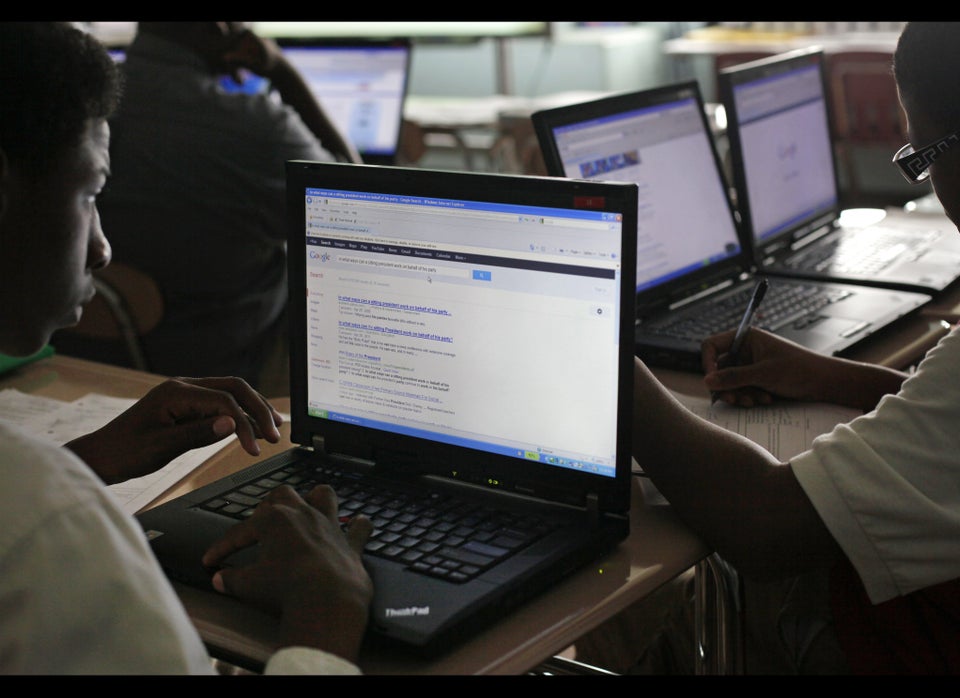
With the ongoing strike by New York City school bus drivers entering its third week, it appears taxpayers are benefiting while disabled students and their families face an extra burden.
The New York Daily News reports the city has saved $33 million so far by withholding $50 million in payments to bus companies since the strike began on Jan. 16, while reimbursing families for $17 million in MetroCards, taxi vouchers and mileage reimbursements for personal vehicles.
Mayor Michael Bloomberg said those numbers show a new deal with the bus companies is needed.
"Actually [the strike] is saving us money, because the cost of the busing is so out of hand, that it's cheaper to send everybody by taxi,” Bloomberg told the Daily News.
New York's Education Department has promised to reimburse some families who normally rely on buses to get their children to school who are taking, subways taxis or livery cabs instead. As a result of the strike, The New York Times reports some livery drivers are nearly doubling their daily take-home pay.
Members of Local 1181 of the Amalgamted Transit Union told HuffPost that they are striking because the city is pushing to strip from the bus companies' contracts seniority and pay provisions that are crucial to maintaining safety standards in the city's bus system. The city administration contends that they are legally prevented from offering those provisions.
The National Labor Relations Board in Washington recently dismissed a petition to halt the strike.
In addition to drivers walking off the job, so too did matrons who accompany the roughly 54,000 special education students who ride on the contested bus routes.
As many as 100,000 students are without their normal ride to school, according to the Daily News. The New York Times reports some students can spend hours getting to school, while others don't make it at all.
The effects of the strike extend beyond the student riders themselves, and Fox 5 noted some parents are worried they may lose their jobs because they've skipped work either to help children get to class or to stay with them at home.

